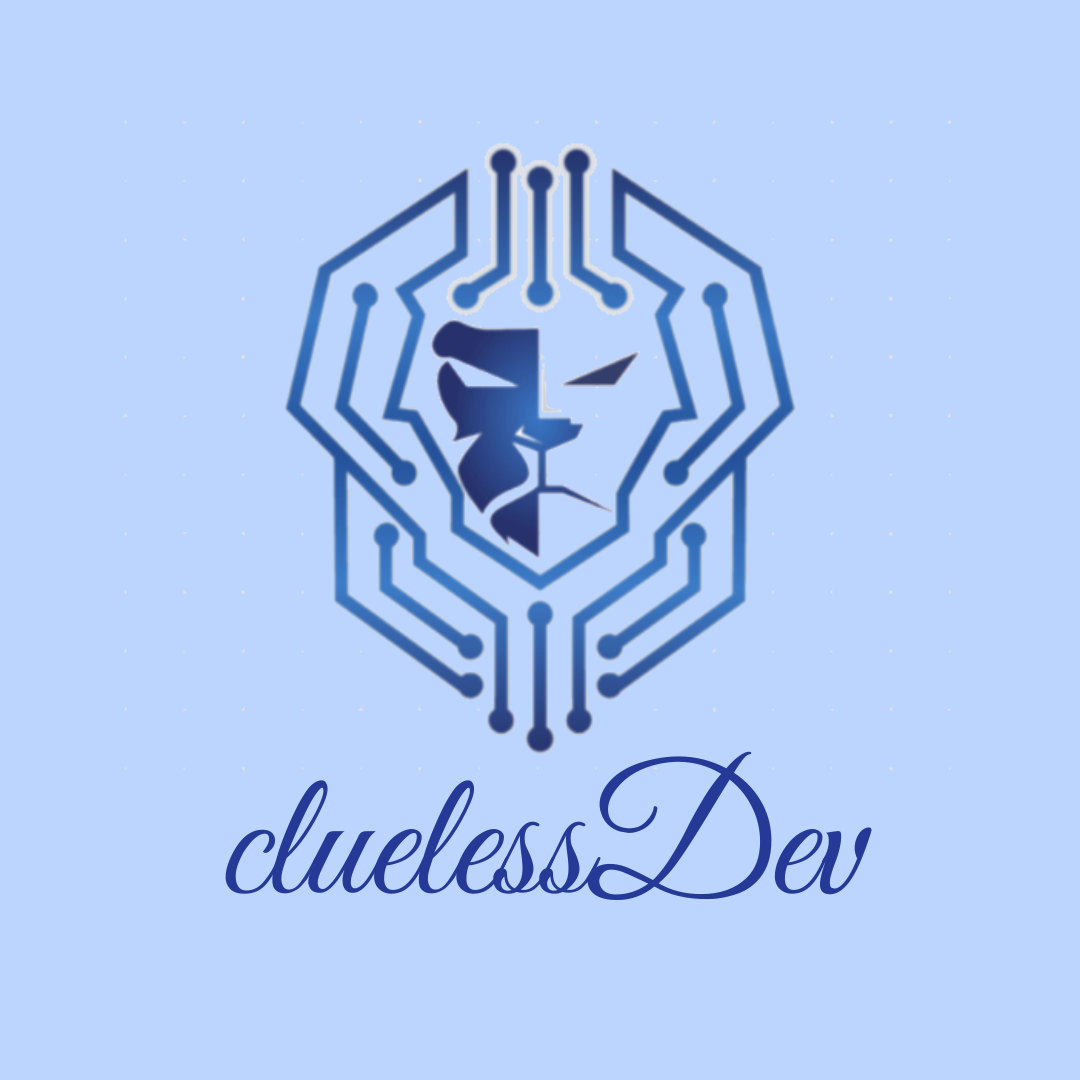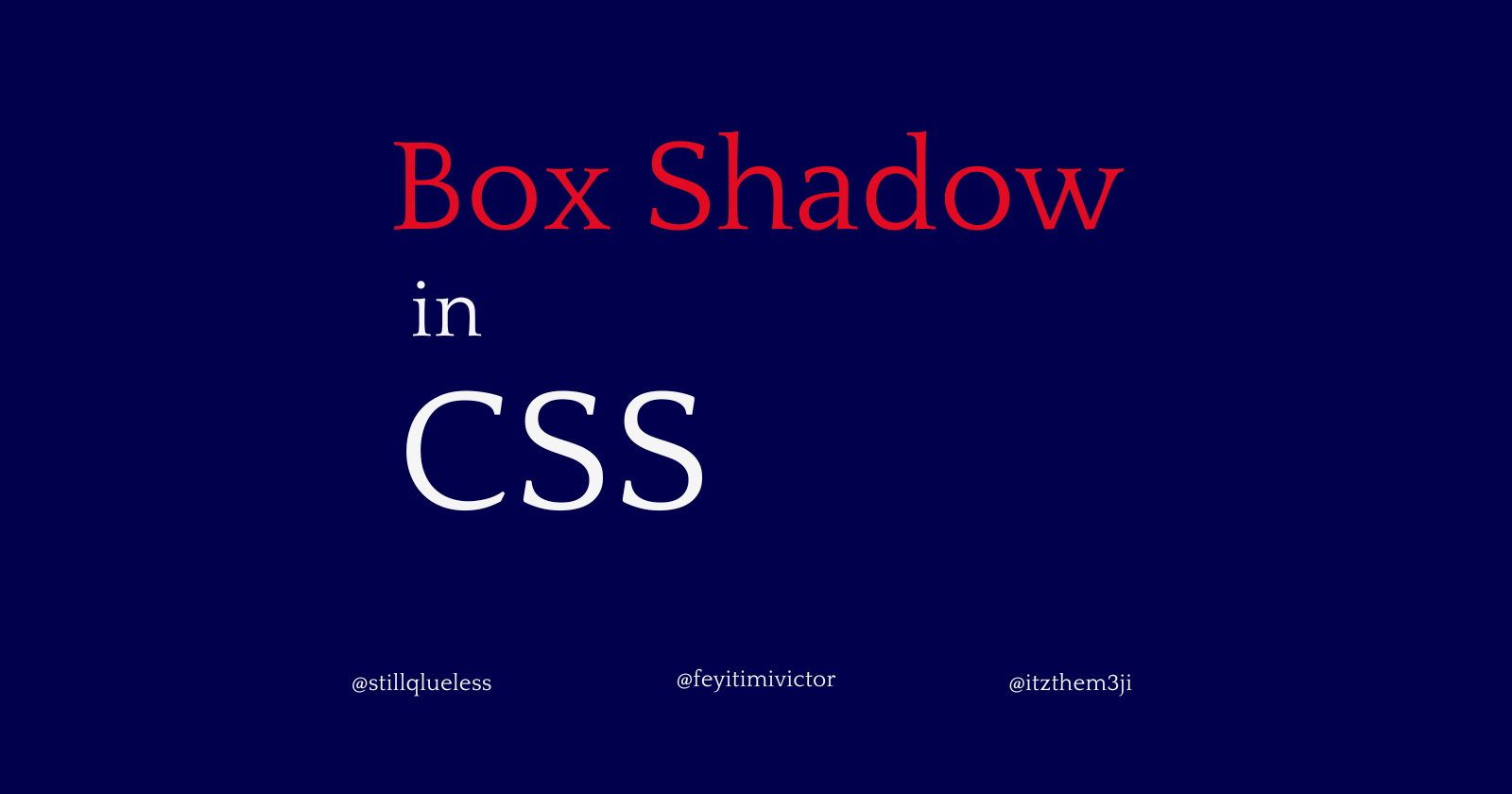Box Shadow in CSS
 Feyitimi Victor Olumuyiwa
Feyitimi Victor OlumuyiwaTable of contents

Box shadow is a CSS property that allows web developers to add depth and dimensionality to their website layouts by creating a shadow effect around an HTML element. It is a versatile tool that can be used in a variety of ways to enhance website design. In this article, we will explore some of the use cases of box shadow in CSS with examples.
- Creating Depth and Dimensionality
One of the primary use cases of box shadow in CSS is to create depth and dimensionality on a webpage. By applying a box shadow to an element, it appears as though it is floating above the page, creating a sense of depth. For example, let's say you want to add depth to a button. You can apply a box shadow to it using the following CSS code:
button {
box-shadow: 0 4px 8px rgba(0, 0, 0, 0.2);
}
This code will create a shadow effect around the button, giving it the appearance of floating above the page.
- Highlighting Elements
Another use case of box shadow in CSS is to highlight specific elements on a webpage. For example, let's say you want to draw attention to a menu item. You can add a box shadow to it using the following CSS code:
.nav-item {
box-shadow: 0 0 10px rgba(0, 0, 0, 0.3);
}
This code will create a shadow effect around the menu item, making it stand out from the surrounding elements.
- Creating Borders
Box shadow can also be used to create borders around elements. By applying a box shadow to an element, you can create the appearance of a border without actually using a border property. For example, let's say you want to create a border effect around an image. You can apply a box shadow to the image using the following CSS code:
img {
box-shadow: 0 0 10px rgba(0, 0, 0, 0.3);
}
This code will create a shadow effect around the image, giving it the appearance of a border.
- Adding Texture and Depth to Images
Box shadow can also be used to add texture and depth to images on a webpage. For example, let's say you have a photograph that you want to enhance with a shadow effect. You can apply a box shadow to the image using the following CSS code:
.photo {
box-shadow: 0 0 10px rgba(0, 0, 0, 0.3);
}
This code will create a shadow effect around the image, giving it the appearance of a framed picture.
- Creating Hover Effects
Box shadow can also be used to create hover effects on elements. By applying a box shadow to an element and then changing the properties of the shadow on hover, you can create a dynamic and interactive effect that responds to user input. For example, let's say you have a button that you want to change when the user hovers over it. You can apply a box shadow to the button using the following CSS code:
button {
box-shadow: 0 0 10px rgba(0, 0, 0, 0.3);
transition: box-shadow 0.3s ease-in-out;
}
button:hover {
box-shadow: 0 0 20px rgba(0, 0, 0, 0.5);
}
This code will create a shadow effect around the button and change the properties of the shadow when the user hovers over it, creating a dynamic and interactive effect.
Conclusion
Box shadow is a versatile CSS property that can be used in a variety of ways to enhance website layouts and create visual interest. Whether you're looking to add depth and dimensionality to your page, highlight specific elements, or create borders and hover effects, box shadow is a powerful tool that can help you achieve your design goals.
Subscribe to my newsletter
Read articles from Feyitimi Victor Olumuyiwa directly inside your inbox. Subscribe to the newsletter, and don't miss out.
Written by

Feyitimi Victor Olumuyiwa
Feyitimi Victor Olumuyiwa
I am a data whisperer, data scientist, and frontend wizard, all rolled into one. My expertise in Python, R, SQL, and Tableau allows me to coax out the deepest insights from complex data sets, while my proficiency in HTML, CSS3, JavaScript, and React enables me to weave together stunning, intuitive interfaces that effortlessly integrate with your data. But that's not all! I'm also fluent in programming languages like Java, C, Python, Bash, and Shell, which means I can work seamlessly with development teams to build scalable and robust software systems. My skills as a certified Project Manager, Product Manager, and IT Support Specialist mean I can not only manage projects from conception to delivery but also troubleshoot problems and find solutions that keep systems running smoothly. With a passion for data-driven decision-making, I believe that data is more than just numbers and tables—it's a story waiting to be told. My creative approach to data analysis means that I'm always discovering new and exciting ways to unlock the potential of your data, whether that's through interactive visualizations, predictive models, or something else entirely. When I'm not exploring data or tinkering with code, you can find me indulging my passion for poetry, music, and writing, experimenting with new recipes in the kitchen, or exploring the great outdoors. I bring the same creativity and enthusiasm to all aspects of my life, and I always strive to make every project a work of art.